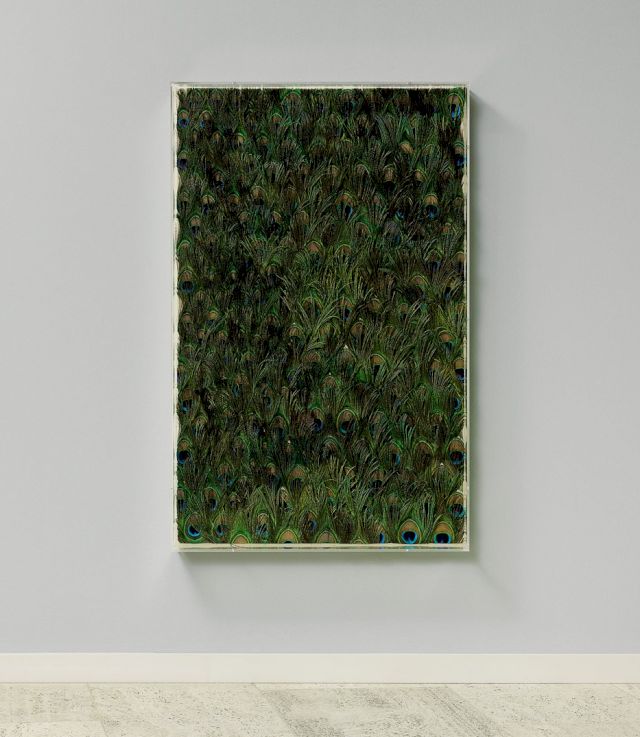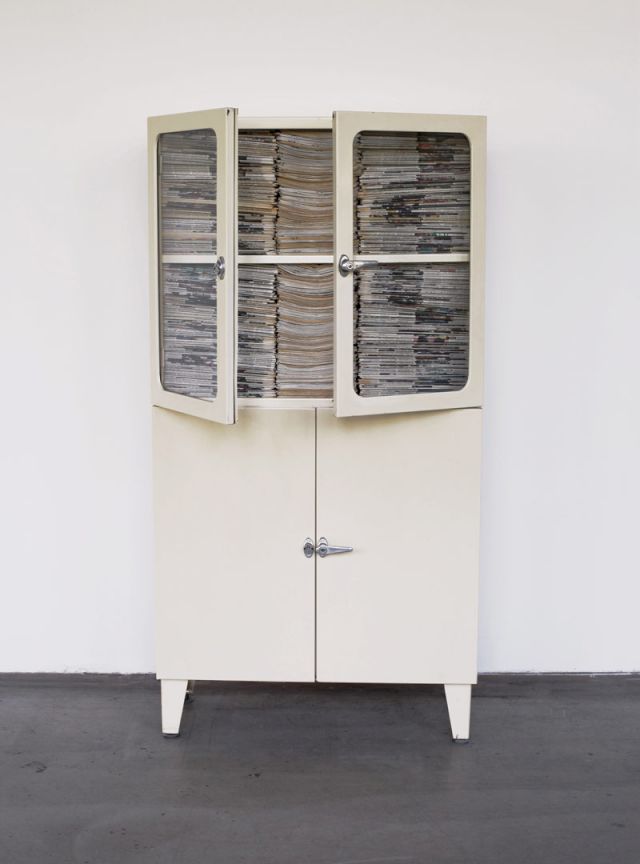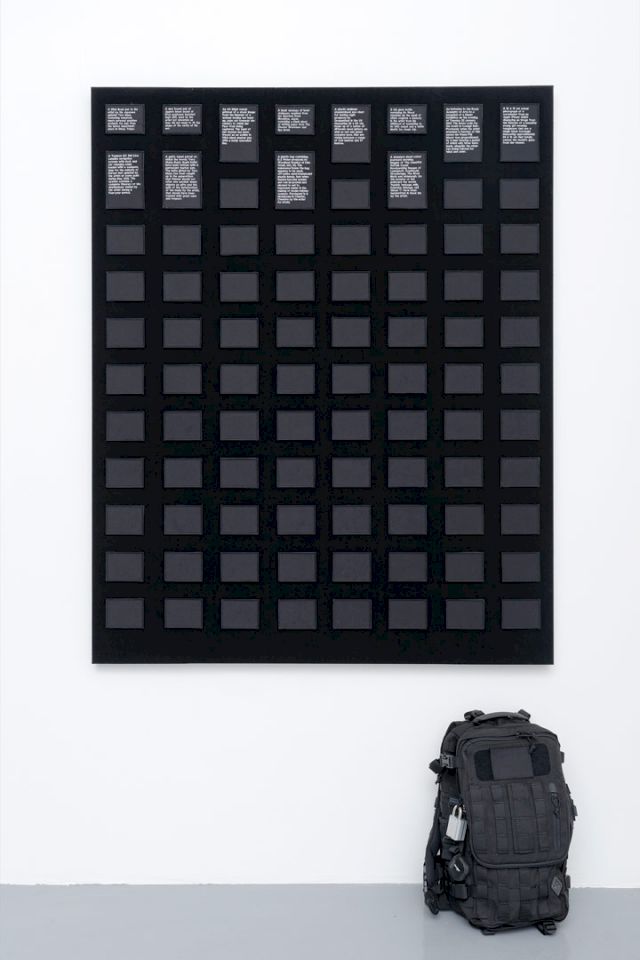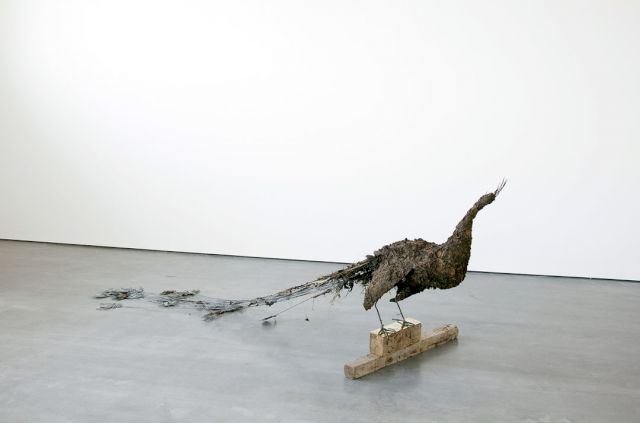BMW Art Guide by Independent Collectors
Places in, and out of, Time
Adrastus Collection – Arévalo, Spain

A graphic featured on the website of the Adrastus Collection attests to the relentless commitment of the collection’s administrators to ensuring that the works of the Adrastus are seen throughout the world. A dense network of lines connects dozens of artists, exhibitions, countries, and galleries: Tacita Dean, Moscow, Leonor Antunes, New Dehli, Allora-Calzadilla, New York City, Comillas, Maastricht, Mexico City, the list seems almost infinite. For a collection that describes one of its concerns as the “peripheries of capitalism and of western hegemonies” such outreach and engagement illustrates a commitment to investigating voices and locations that are often overlooked or obscured in the sometimes Eurocentric world of contemporary art. Thus, it may be somewhat surprising that the Adrastus is in the process of constructing a permanent space for works from its collection in the Spanish municipality of Arévalo. Work is currently being undertaken to convert a site including the ruins of a Jesuit college and the Church of San Nicolas—two buildings constructed in the late 1580s which attest to the rich intellectual and spiritual heritage of the place—into a permanent home for works from the Adrastus. The undertaking is daunting; the ruined walls and collapsed rooftops of the old buildings will require more than a few panes of glass and a bit of tiling to make them ready for a global audience, but when work is complete, one of the most robustly contemporary collections of its size in Spain will, at last, have a means of reaching out in a more sustained way to the people of Arévalo and the world.


The collection includes works by a suitably international array of artists including superstars like Steve McQueen, Pratchaya Phinthong, and—a particular favourite of the collection’s founder, Javier Lumbreras—the Lebanese conceptual master, Walid Raad. Though a kind of easy transnationalism has, perhaps, been the default setting for the discourse of the world of contemporary art in recent decades, the people behind the Adrastus Collection—including Lumbreras, his wife, Lorena Pérez-Jácome, the curator, Patrick Charpenel, and many others—have expressed their belief that the project to create a permanent space in Arévalo is less reflective of the kind of globalist imperative to spectacle familiar from various big-budget museum projects across Europe and the world than an organic outgrowth of the local culture of Arévalo itself. Despite it’s rather small size—as of the last official count, the population of Arévalo was 8 137—the municipality has a rich multicultural history that resonates with the Adrastus’ open and outward-looking programme. Indeed, the town’s name derives from a Celtic—rather than Spanish—word meaning “the place near the wall”. Arévalo’s name might also be familiar to philosophy students as the town to which the so-called “Young Man of Arévalo” claimed his allegiance. The Young Man wrote some of the most detailed post-Reconquista texts about the role of Islam in Europe. Such a rich cultural and intellectual lineage will dovetail with other engagement projects the Adrastus Collection is planning, including an ambitious educational, residence, and conference programme that will integrate the collection, the space, and aspects and historical context provided by Arévalo into a multifaceted creative atmosphere. Contemporary art is, in some ways, a means of accessing cultures that are geographically and socially distant, but, as the Adrastus Collection’s Arévalo museum is hoping to demonstrate, aesthetic idioms as diverse as those of Tino Sehgal and the criminally neglected American photographer and artist, Louise Lawler, can also create a dialogue that spans physical, historic and cultural divides.

William Kherbek is the writer of the novel "Ecology of Secrets" (2013, Arcadia Missa) and "UltraLife" (2016, Arcadia Missa). His art journalism has appeared in a number of publications in the UK, US, Germany, Switzerland and Romania.
All images courtesy Adrastus Collection, Arévalo
More Information on Adrastus Collection